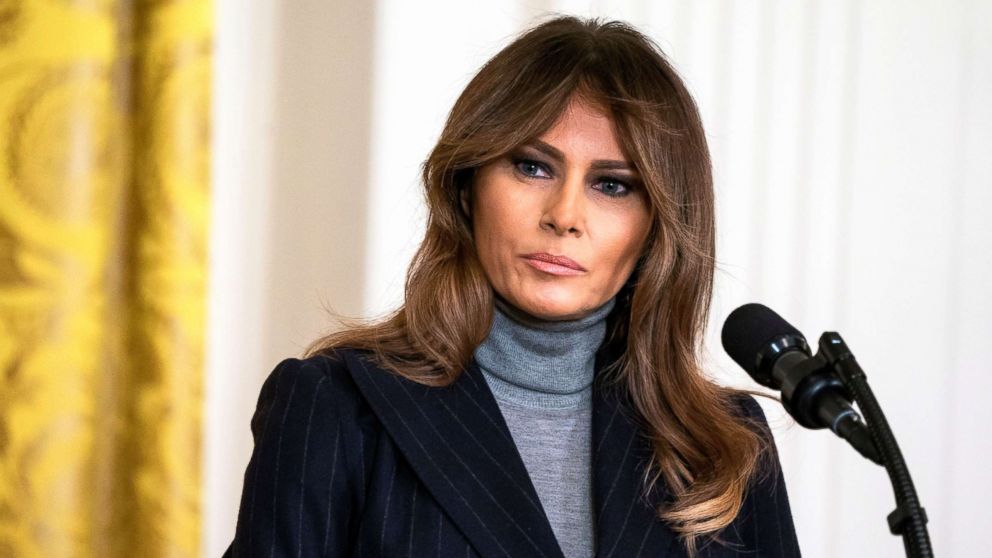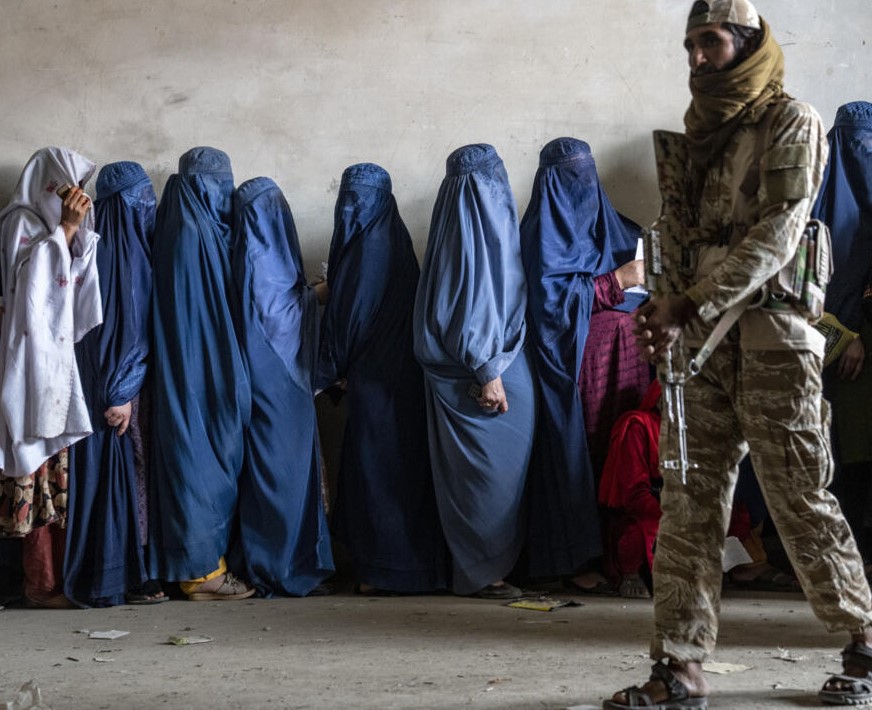In a sweeping shift described as the dismantling of more than six decades of bipartisan foreign-policy consensus, the U.S. government under President Donald Trump has moved to eliminate institutional structures that positioned women at the heart of America’s international diplomacy. According to a joint article by Foreign Policy, this action signals a fundamental redefinition of U.S. foreign-policy priorities.
A Break from Established Consensus
The article in Foreign Policy, authored by Rebecca Turkington and Saskia Brechenmacher, argues that since Trump’s return to the White House in January the U.S. has dismantled the policy framework that had for decades recognised women as an integral component of American foreign-policy strategy. What was once considered a pillar of the U.S.’s soft-power influence—promoting women’s health, education and participation in peace and security—has now been subjected to cuts and restructurings.
Previously, administrations of both parties understood that supporting women globally was not only a moral imperative but also tied to U.S. strategic and economic interests. For example, the first Women in Development Office under USAID was established in 1974 under Republican leadership, stemming from legislation passed in 1973.
Institutional Shifts: From Support to Dissolution
Rather than simply shifting emphasis—such as from broader gender equality issues to women’s economic empowerment—this administration has moved to disband or defund key structure that supported women’s issues in U.S. diplomacy and aid. As Turkington and Brechenmacher note: “This is not just a conservative turn in U.S. gender policy, but a complete collapse of the institutional and political architecture…”
Among the changes:
- The proposed £2026 budget request eliminates all bilateral funding for family-planning and reproductive-health programmes (except polio) and for maternal and child health.
- The office within USAID and the U.S. State Department charged with advancing women’s global issues — the Office of Global Women’s Issues (GWI) — is targeted for elimination or major restructuring, with roles dispersed beyond dedicated institutional leadership.
Programmatic Collapse: From Health & Security to Relief Only
The previous paradigm underscored the interconnectedness of women’s rights, health, education and security with stable societies — especially in conflict and developing regions. But under the current approach:
- Much of U.S. foreign assistance has been redirected to emergency relief and defence, while longer-term programmes for women’s health and participation face elimination.
- Initiatives that advanced women’s participation in peace and security processes are being cut back: one example being the elimination of a major programme at the U.S. Department of Defense noted in recent news coverage.
These shifts suggest a move away from viewing gender equality as foundational to global diplomacy and security, toward a narrower conception of U.S. interest.
Implications: A Redefinition of U.S. Foreign-Policy Priorities
According to the authors, what is happening now reflects “an explicit push to redefine U.S. foreign policy on the basis of explicit patriarchal conservatism, in which women’s rights — rather than being seen as a national interest — are recast as a radical left-wing agenda.”
In practical terms, the dismantling of these programmes and offices raises several concerns:
- A loss of U.S. leadership in global gender-equality diplomacy and in shaping norms around women’s rights, peace and security.
- Reduced capacity to integrate gender perspectives into U.S. foreign-aid and security efforts, potentially undermining effectiveness in crisis and conflict zones.
- A signal to international partners and aid recipients that U.S. commitment to institutional gender-equity support is no longer assured, potentially affecting relationships and influence in regions where women’s participation is critical.
Conclusion
Once positioned centrally in U.S. diplomacy and development, women’s rights and gender-equity programmes now face radical institutional upheaval under the Trump administration. The shift goes beyond budget cuts or reprioritisation: it appears to represent a deliberate dismantling of the structures that have for decades supported women as a vital vector of American foreign-policy strategy. Whether this approach will reshape global norms or diminish U.S. diplomatic influence remains to be seen.
From: foreign policy






